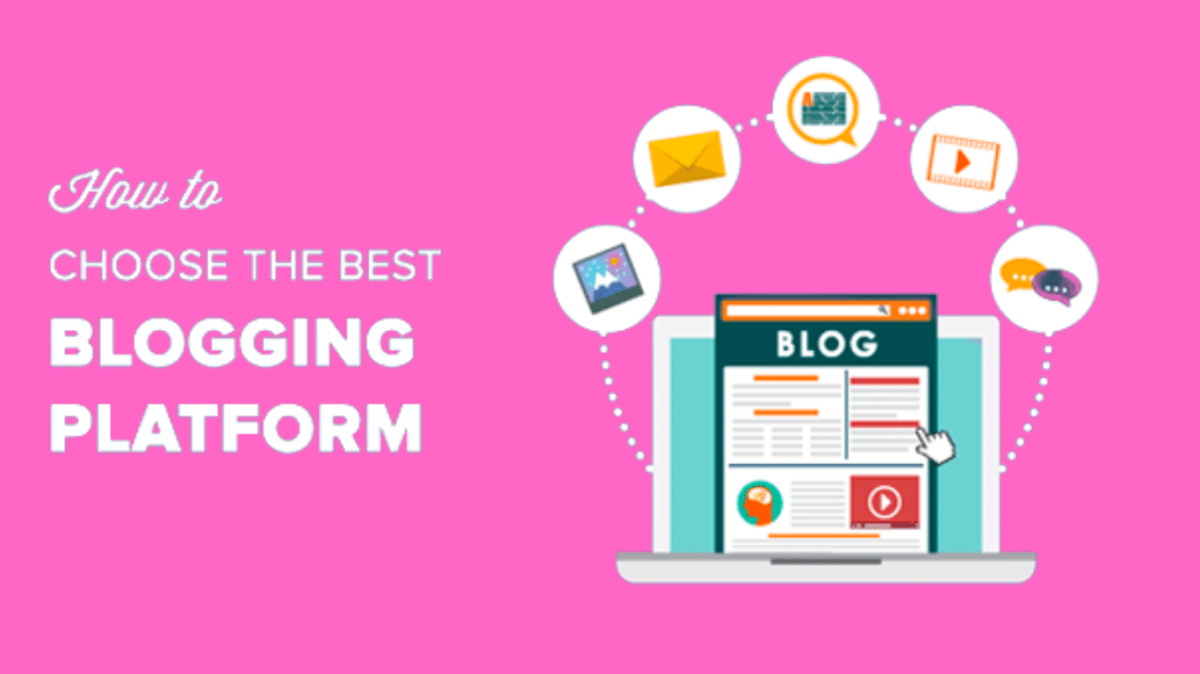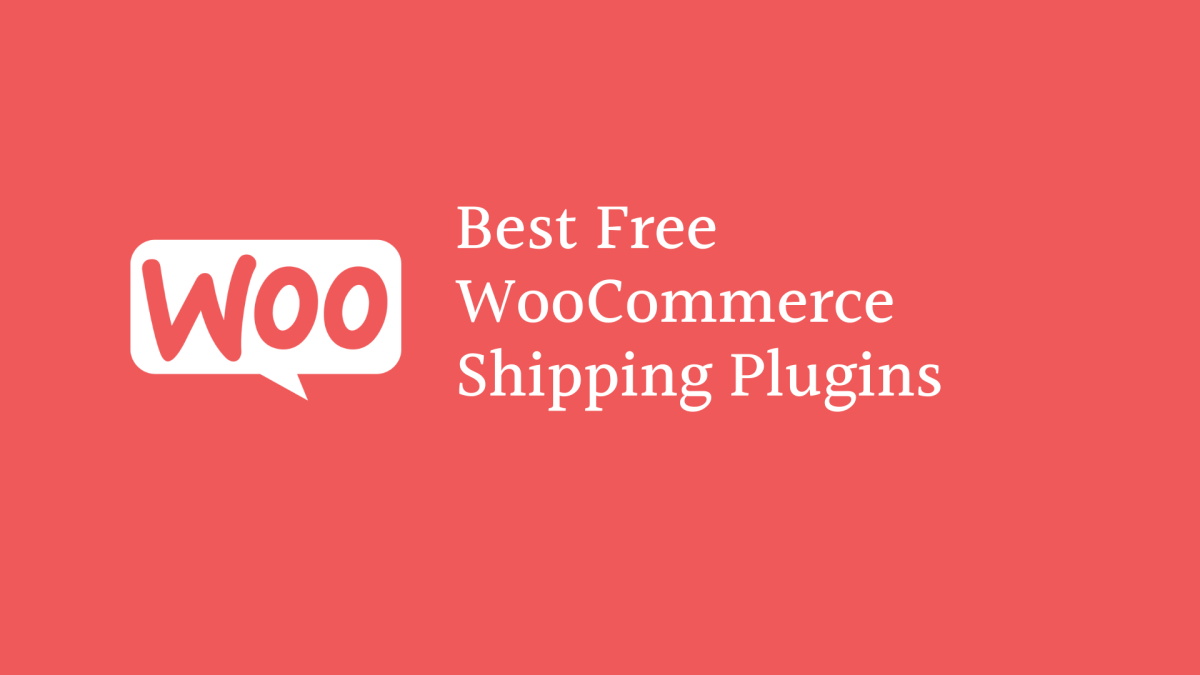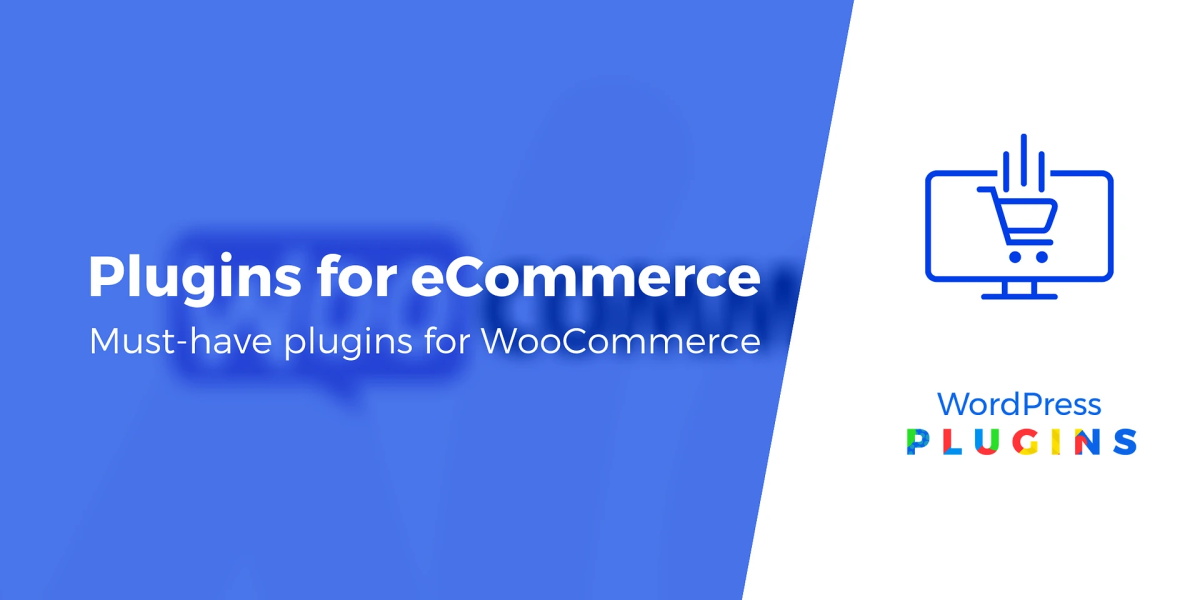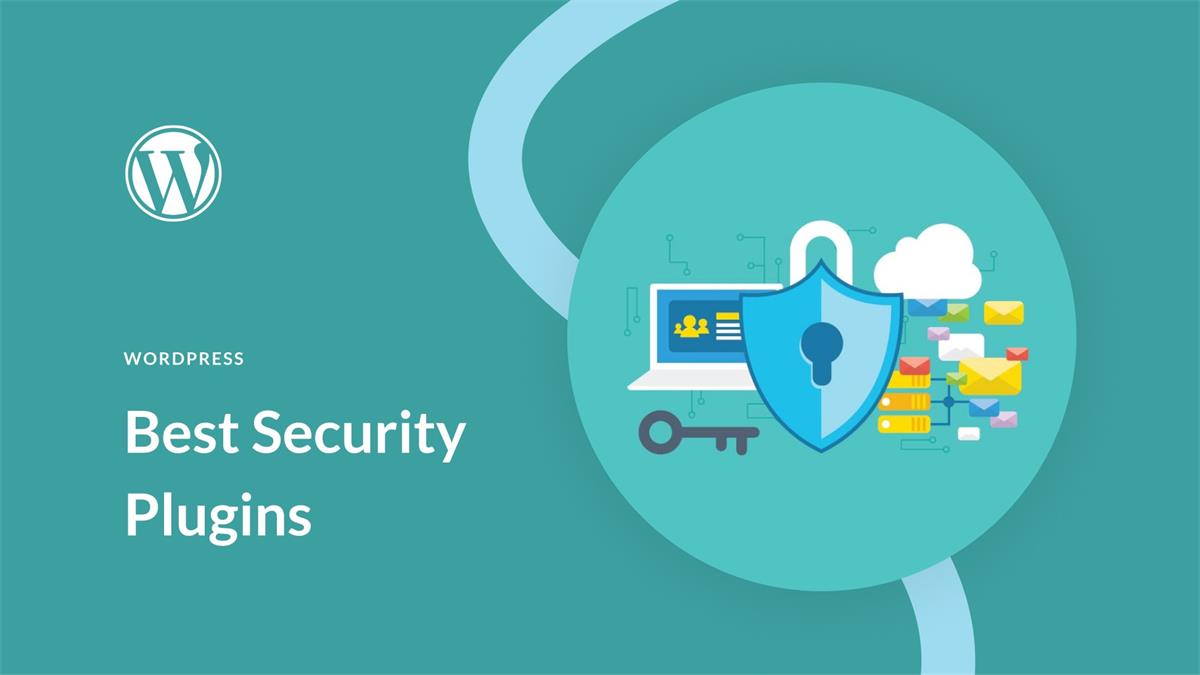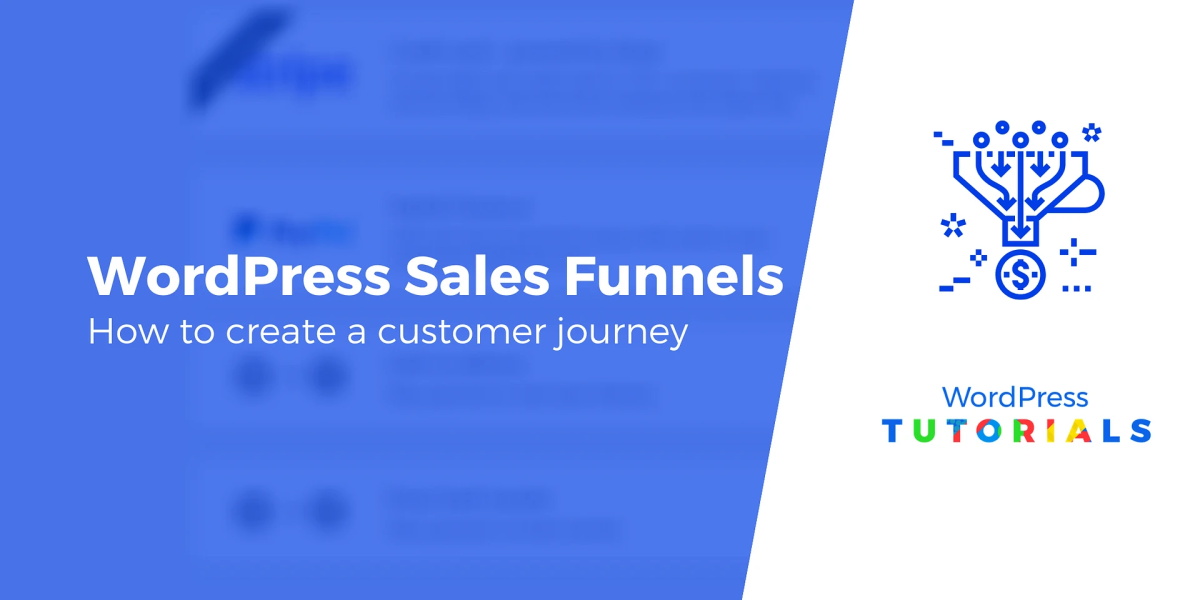Contents
- 1 WordPress.org: The Best Blogging Platform Ever Built
- 2 Web.com: The Easiest Blog Builder for a Low Price
- 3 Gator Website Builder: All in One Blogging Platform
- 4 WordPress.com: The Best Free Blogging Platform
- 5 Blogger.com: Blogging Platform by Google
- 6 Tumblr: The Best Microblogging Platform
- 7 Medium: The Best Platform for Simplicity
- 8 Squarespace: The Premium All-in-One Blogging Platform
- 9 Ghost: The Best WordPress Alternative
- 10 Weebly: The Best Drag and Drop Platform
- 11 LiveJournal: The Best Journal for Beginners
- 12 TypePad: The Blogging Service by Endurance Group
- 13 Wix: The Freemium Site / Blog Builder
- 14 How to Choose the Best Blogging Platform for Beginners in 2023: Summary
If you want to start a blog, you might be wondering which blogging platform is best for you. There are many options available, but not all of them are suitable for beginners or for your specific goals.
In this article, we will compare 13 of the best blogging platforms for beginners and help you decide which one is right for your needs. We will look at the following factors:
- Your purpose: Why do you want to start a blog? Do you want to showcase your expertise, make money online, or share your personal stories?
- Ease of use: How easy is it to set up and manage your blog? Do you need any technical skills or coding knowledge?
- Monetization: How can you make money from your blog? Does the platform allow you to display ads, sell products, or use affiliate marketing?
- Features: What features does the platform offer to enhance your blog? Can you customize your design, add plugins or widgets, or integrate with other tools?
Here are the 13 best blogging platforms for beginners that we will compare in this article:
- WordPress.org: The most popular and powerful blogging platform that lets you create any type of website
- Web.com: The easiest and cheapest blog builder that offers a drag-and-drop interface and a free domain name
- Gator Website Builder: An all-in-one blogging platform that comes with hosting, templates, and a free SSL certificate
- WordPress.com: A free and simple blogging platform that is hosted by WordPress
- Blogger.com: A free and basic blogging platform that is owned by Google
- Tumblr: A free and social blogging platform that is ideal for microblogging
- Medium: A free and minimalist blogging platform that focuses on content and community
- Squarespace: A premium and elegant blogging platform that offers beautiful templates and eCommerce features
- Ghost: A modern and fast blogging platform that is designed for professional bloggers
- Weebly: A user-friendly and affordable blogging platform that offers a drag-and-drop builder and eCommerce features
- LiveJournal: A free and old-fashioned blogging platform that combines blogging with social networking
- TypePad: A paid and reliable blogging platform that is used by many influential bloggers
- Wix: A freemium and versatile website builder that lets you create blogs, portfolios, online stores, and more
WordPress.org: The Best Blogging Platform Ever Built
WordPress.org is the most popular blogging platform in the world. It is also known as self-hosted WordPress because you need to buy a domain name and web hosting to use it.
WordPress.org is not just a blogging platform, but a full-fledged content management system (CMS) that lets you create any type of website you can imagine. You can use WordPress.org to create blogs, eCommerce stores, forums, social networks, and more.
WordPress.org gives you complete control and ownership over your website. You can customize your design with thousands of themes and extend your functionality with thousands of plugins. You can also monetize your website in any way you want, such as displaying ads, selling products, or using affiliate marketing.
WordPress.org is also very easy to use. You can install WordPress on your web host with one click and manage your website from an intuitive dashboard. You can also use the built-in Gutenberg editor or a third-party page builder plugin to create beautiful pages with drag-and-drop.
WordPress.org is suitable for anyone who wants to create a professional and powerful website with unlimited possibilities. However, WordPress.org also comes with some responsibilities. You need to maintain your website regularly, update your software, backup your data, and secure your site from hackers.
To start a blog with WordPress.org, you need to buy a domain name and web hosting. A domain name usually costs $14.99 per year and web hosting costs $7.99 per month. However, we have negotiated a special deal with Bluehost for IsItWP users. You can get started with WordPress.org for only $2.75 per month with a free domain name and SSL certificate.
Web.com: The Easiest Blog Builder for a Low Price
Web.com is one of the easiest blog builders for beginners. It lets you create a blog in three simple steps: choose a domain name, pick a package, and drag-and-drop your design.
Web.com offers hundreds of professionally designed templates that you can customize with point-and-click. You can also add features like photo galleries, videos, contact forms, and social media buttons with ease.
Web.com also provides everything you need to run your blog smoothly. You get a free domain name, a business email address, SEO tools, autosave and backup, website analytics, and more.
Web.com is ideal for anyone who wants to create a blog quickly and easily without spending too much money. You can get started with Web.com for as low as $1.95 per month with a 30-day money-back guarantee.
Gator Website Builder: All in One Blogging Platform
Gator Website Builder is an all-in-one blogging platform that comes with hosting, templates, and a free SSL certificate. It is created by HostGator, one of the leading web hosting companies in the world.
Gator Website Builder lets you create a blog with a simple drag-and-drop interface. You can choose from over 200 stunning templates and customize them with your own content and images. You can also add features like social media integration, contact forms, maps, and more.
Gator Website Builder also takes care of your website performance and security. You get a free domain name, unlimited storage and bandwidth, a free SSL certificate, and 24/7 customer support. You can also access your website analytics and SEO tools from your dashboard.
Gator Website Builder is perfect for anyone who wants a hassle-free blogging platform that includes everything you need. You can get started with Gator Website Builder for $3.84 per month with a 45-day money-back guarantee.
WordPress.com: The Best Free Blogging Platform
WordPress.com is a free and simple blogging platform that is hosted by WordPress. It is different from WordPress.org because you don’t need to buy a domain name or web hosting to use it.
WordPress.com lets you create a blog in minutes with a subdomain like yourname.wordpress.com. You can choose from dozens of free themes and customize them with your own colors and fonts. You can also use the Gutenberg editor or the classic editor to create your blog posts.
WordPress.com also offers some basic features like social sharing, comments, polls, and galleries. You can also integrate your blog with other services like Google Analytics, Mailchimp, and WooCommerce.
WordPress.com is great for anyone who wants to start a blog for free without any technical skills or hassle. However, WordPress.com also has some limitations. You can’t install plugins or themes from outside sources, you can’t monetize your blog with ads or affiliate marketing, you have limited storage space and bandwidth, and you have to display WordPress.com branding and ads on your site.
To remove these limitations, you need to upgrade to one of their paid plans. The cheapest plan costs $4 per month and gives you a custom domain name, more storage space, and no WordPress.com ads. The most expensive plan costs $45 per month and gives you access to premium themes, plugins, eCommerce features, and SEO tools.
Blogger.com: Blogging Platform by Google
Blogger.com is a free and basic blogging platform that is owned by Google. It is one of the oldest blogging platforms in existence and has millions of users worldwide.
Blogger.com lets you create a blog with a subdomain like yourname.blogspot.com. You can choose from a few simple templates and customize them with your own colors and layouts. You can also use the Blogger editor to create your blog posts.
Blogger.com also offers some useful features like Google integration, comments, stats, backups, and more. You can also monetize your blog with Google AdSense or use affiliate marketing.
Blogger.com is ideal for anyone who wants a simple and free blogging platform that is backed by Google. However, Blogger.com also has some drawbacks. You have limited design and functionality options, you can’t use your own domain name unless you buy it separately, you have no control over your data or security, and you have to rely on Google’s support and updates.
Tumblr: The Best Microblogging Platform
Tumblr is a free and social blogging platform that is best for microblogging. Microblogging is a form of blogging that involves sharing short posts like images, videos, quotes, links, or texts.
Tumblr lets you create a blog with a subdomain like yourname.tumblr.com. You can choose from hundreds of free themes and customize them with your own colors and fonts. You can also use the Tumblr dashboard or the mobile app to create your blog posts.
Tumblr also offers some fun features like reblogging, liking, following, messaging, and tagging. You can also join communities of people who share your interests and discover new content. You can also integrate your blog with other services like Google Analytics, Facebook, Twitter, and Instagram.
Tumblr is perfect for anyone who wants to create a blog for personal expression and social interaction. However, Tumblr also has some limitations. You can’t install plugins or widgets, you can’t monetize your blog with ads or eCommerce features, you have limited storage space and bandwidth, and you have to follow Tumblr’s terms of service and content policies.
Medium: The Best Platform for Simplicity
Medium is a free and minimalist blogging platform that focuses on content and community. It is a platform where you can write and read stories on various topics like technology, culture, politics, health, and more.
Medium lets you create a profile with a subdomain like medium.com/@yourname. You can choose from a few simple layouts and fonts for your profile and stories. You can also use the Medium editor to create your stories with basic formatting options.
Medium also offers some amazing features like stats, claps, responses, publications, newsletters, and more. You can also join Medium’s Partner Program and earn money from your stories based on how much engagement they receive from Medium members.
Medium is great for anyone who wants to create a blog for sharing their ideas and opinions with a large audience. However, Medium also has some disadvantages. You can’t use your own domain name, you can’t customize your design or functionality, you have no control over your data or SEO, and you have to compete with other writers for attention and earnings.
Squarespace: The Premium All-in-One Blogging Platform
Squarespace is a premium and elegant blogging platform that offers beautiful templates and eCommerce features. It is a platform where you can create a blog, a portfolio, an online store, or a combination of all.
Squarespace lets you create a blog with a custom domain name that you can buy from them or connect from another provider. You can choose from dozens of stunning templates and customize them with your own content and images. You can also use the Squarespace editor to create your blog posts with advanced formatting options.
Squarespace also offers some powerful features like analytics, SEO tools, email marketing, social media integration, eCommerce features, and more. You can also access Squarespace’s award-winning customer support 24/7 via email or live chat.
Squarespace is ideal for anyone who wants to create a blog that looks professional and stylish. However, Squarespace also has some drawbacks. You have to pay a monthly or annual fee to use it, you have limited design and functionality options, you can’t install plugins or widgets from outside sources, and you have to rely on Squarespace’s updates and maintenance.
Ghost: The Best WordPress Alternative
Ghost is a modern and fast blogging platform that is designed for professional bloggers. It is a platform where you can create a blog that is focused on content and performance.
Ghost lets you create a blog with a custom domain name that you can buy from them or connect from another provider. You can choose from a few sleek templates and customize them with your own content and images. You can also use the Ghost editor to create your blog posts with markdown syntax and rich media.
Ghost also offers some awesome features like stats, memberships, newsletters, SEO tools, social media integration, eCommerce features, and more. You can also access Ghost’s friendly customer support via email or live chat.
Ghost is perfect for anyone who wants to create a blog that is fast and functional. However, Ghost also has some disadvantages. You have to pay a monthly or annual fee to use it, you have limited design and functionality options, you need some technical skills or coding knowledge to use it, and you have to maintain your website yourself if you choose the self-hosted option.
Weebly: The Best Drag and Drop Platform
Weebly is a user-friendly and affordable blogging platform that offers a drag-and-drop builder and eCommerce features. It is a platform where you can create a blog, a portfolio, an online store, or a combination of all.
Weebly lets you create a blog with a subdomain like yourname.weebly.com or a custom domain name that you can buy from them or connect from another provider. You can choose from hundreds of free and premium templates and customize them with your own content and images. You can also use the Weebly editor to create your blog posts with basic formatting options.
Weebly also offers some useful features like analytics, SEO tools, email marketing, social media integration, eCommerce features, and more. You can also access Weebly’s phone, email, or live chat support.
Weebly is suitable for anyone who wants to create a blog easily and affordably. However, Weebly also has some limitations. You have to pay a monthly or annual fee to remove Weebly ads and access more features, you have limited design and functionality options, you can’t install plugins or widgets from outside sources, and you have to follow Weebly’s terms of service and content policies.
LiveJournal: The Best Journal for Beginners
LiveJournal is a free and old-fashioned blogging platform that combines blogging with social networking. It is a platform where you can create a journal or a diary and share it with other users.
LiveJournal lets you create a journal with a subdomain like yourname.livejournal.com. You can choose from a few basic templates and customize them with your own colors and fonts. You can also use the LiveJournal editor to create your journal entries with basic formatting options.
LiveJournal also offers some fun features like friends, communities, comments, polls, scrapbook, and more. You can also join LiveJournal’s paid program and get more storage space, no ads, more templates, and more features.
LiveJournal is great for anyone who wants to create a journal for personal expression and social interaction. However, LiveJournal also has some drawbacks. You have limited design and functionality options, you can’t use your own domain name, you have no control over your data or security, and you have to deal with spam and ads.
TypePad: The Blogging Service by Endurance Group
TypePad is a paid and reliable blogging platform that is used by many influential bloggers. It is a platform where you can create a blog that is hosted by TypePad.
TypePad lets you create a blog with a subdomain like yourname.typepad.com or a custom domain name that you can buy from them or connect from another provider. You can choose from a few professional templates and customize them with your own content and images. You can also use the TypePad editor to create your blog posts with basic formatting options.
TypePad also offers some handy features like analytics, SEO tools, social media integration, email marketing, eCommerce features, and more. You can also access TypePad’s phone or email support.
TypePad is ideal for anyone who wants to create a blog that is stable and secure. However, TypePad also has some disadvantages. You have to pay a monthly or annual fee to use it, you have limited design and functionality options, you can’t install plugins or widgets from outside sources, and you have to rely on TypePad’s updates and maintenance.
Wix: The Freemium Site / Blog Builder
Wix is a freemium and versatile website builder that lets you create blogs, portfolios, online stores, and more. It is a platform where you can create a website with a drag-and-drop interface.
Wix lets you create a website with a subdomain like yourname.wixsite.com or a custom domain name that you can buy from them or connect from another provider. You can choose from thousands of free and premium templates and customize them with your own content and images. You can also use the Wix editor or the Wix ADI (Artificial Design Intelligence) to create your website.
Wix also offers some amazing features like analytics, SEO tools, email marketing, social media integration, eCommerce features, and more. You can also access Wix’s phone or email support.
Wix is perfect for anyone who wants to create a website with a lot of flexibility and creativity. However, Wix also has some limitations. You have to pay a monthly or annual fee to remove Wix ads and access more features, you have limited design and functionality options once you choose a template, you can’t install plugins or widgets from outside sources, and you have to follow Wix’s terms of service and content policies.
How to Choose the Best Blogging Platform for Beginners in 2023: Summary
As you can see, there are many blogging platforms for beginners to choose from. Each platform has its own pros and cons, and the best one for you depends on your purpose, ease of use, monetization, and features.
To help you make a decision, here is a summary of the best blogging platforms for beginners in 2023:
- WordPress.org: The best blogging platform ever built that lets you create any type of website with complete control and ownership
- Web.com: The easiest blog builder for a low price that offers a drag-and-drop interface and a free domain name
- Gator Website Builder: The all-in-one blogging platform that comes with hosting, templates, and a free SSL certificate
- WordPress.com: The best free blogging platform that is hosted by WordPress
- Blogger.com: The blogging platform by Google that is free and basic
- Tumblr: The best microblogging platform that is free and social
- Medium: The best platform for simplicity that focuses on content and community
- Squarespace: The premium all-in-one blogging platform that offers beautiful templates and eCommerce features
- Ghost: The best WordPress alternative that is modern and fast
- Weebly: The best drag-and-drop platform that is user-friendly and affordable
- LiveJournal: The best journal for beginners that combines blogging with social networking
- TypePad: The blogging service by Endurance Group that is paid and reliable
- Wix: The freemium site / blog builder that lets you create blogs, portfolios, online stores, and more
We hope this article helped you choose the best blogging platform for beginners in 2023. If you liked this article, you might also like our guide on how to start a blog in 2023.

